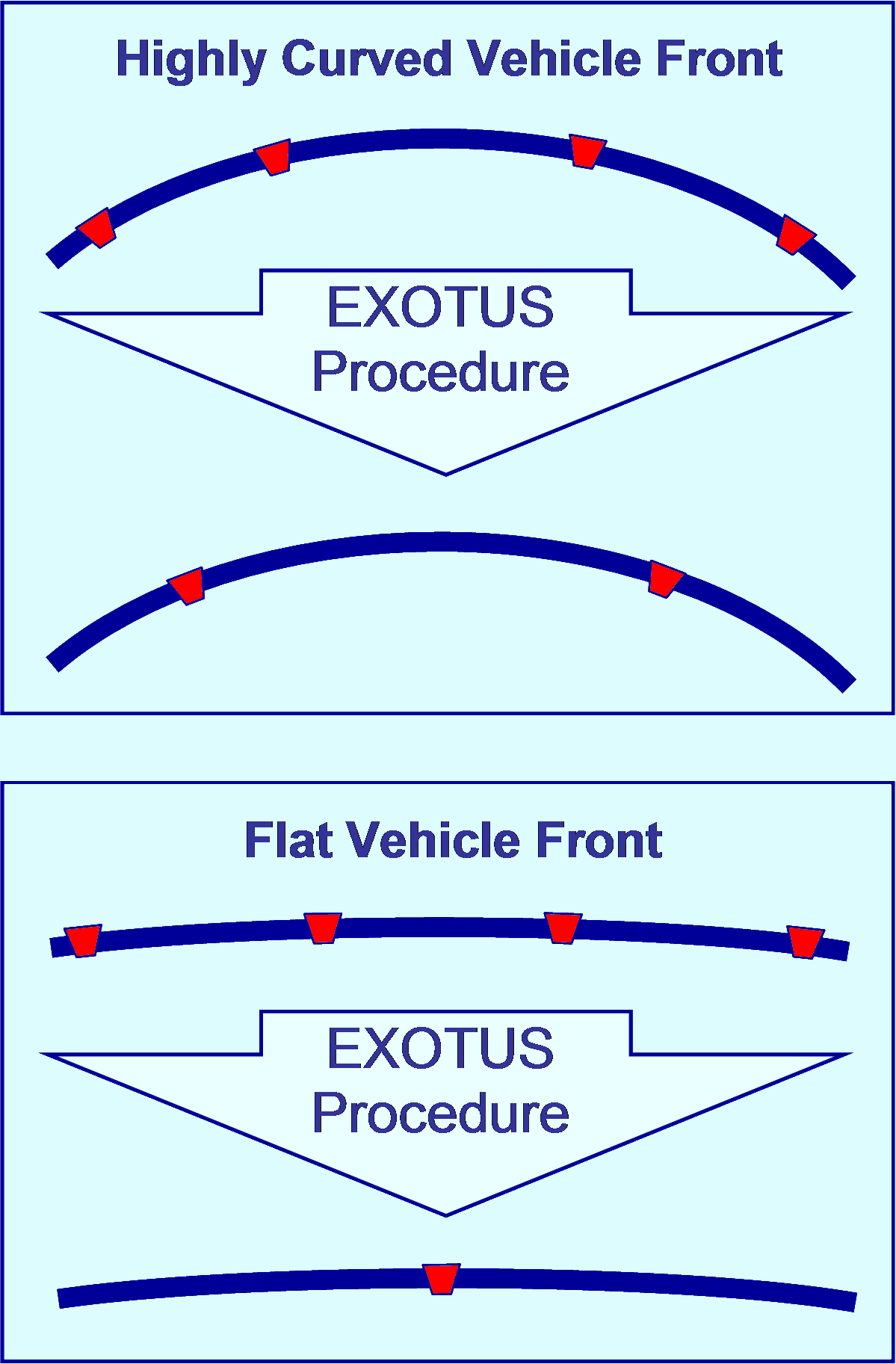

In the conventional methods for obstacle detection with ultrasonic multiple sensors are used to reduce the inaccuracy of the object detection. If an object is on the wavefronts of several sensors, the uncertainty in obstacle detection is not necessarily smaller; the object could be anywhere on the large, partially overlapping wavefronts. Generally speaking, the conventional algorithms deal eventually mainly with the calculation of the probability that an object is located in a region of space. A final object detection with only one ultrasonic sensor is by meams the current methods even less accurate and more problematic.
An object detection, for example in the application of the parking assist system, would be with relatively good accuracy possible only by the use of mutiple ultrasonic sensors. The installation of several sensors in the parking assist system of vehicles involves high costs, especially in the design and manufacture of vehicles and in the packaging of sensors and their cables.
The object tracking is possible to implement with new algorithms and associated measurement techniques, using only one ultrasonic sensor in order to reduce the number of sensors, the production cost and the cost considerably.
The objective of the project "Extended Obstacle Tracking with an Ultrasonic Sensor" (in short: EXOTUS) is to develop a parking assist system, in which the number of sensors can be reduced depending on the vehicle by over 50%. Usually it is standard practice using 4 to 6 ultrasonic sensors on vehicles with a broad or highly curved fronts (see figure). The Project EXOTUS is concerned with developement and application of procedures which can reduce the number of sensors considerably. For vehicles with non-wide or slightly curved fronts, the current use of 4 sensors is practically reduced to only one sensor with a large opening angle.

